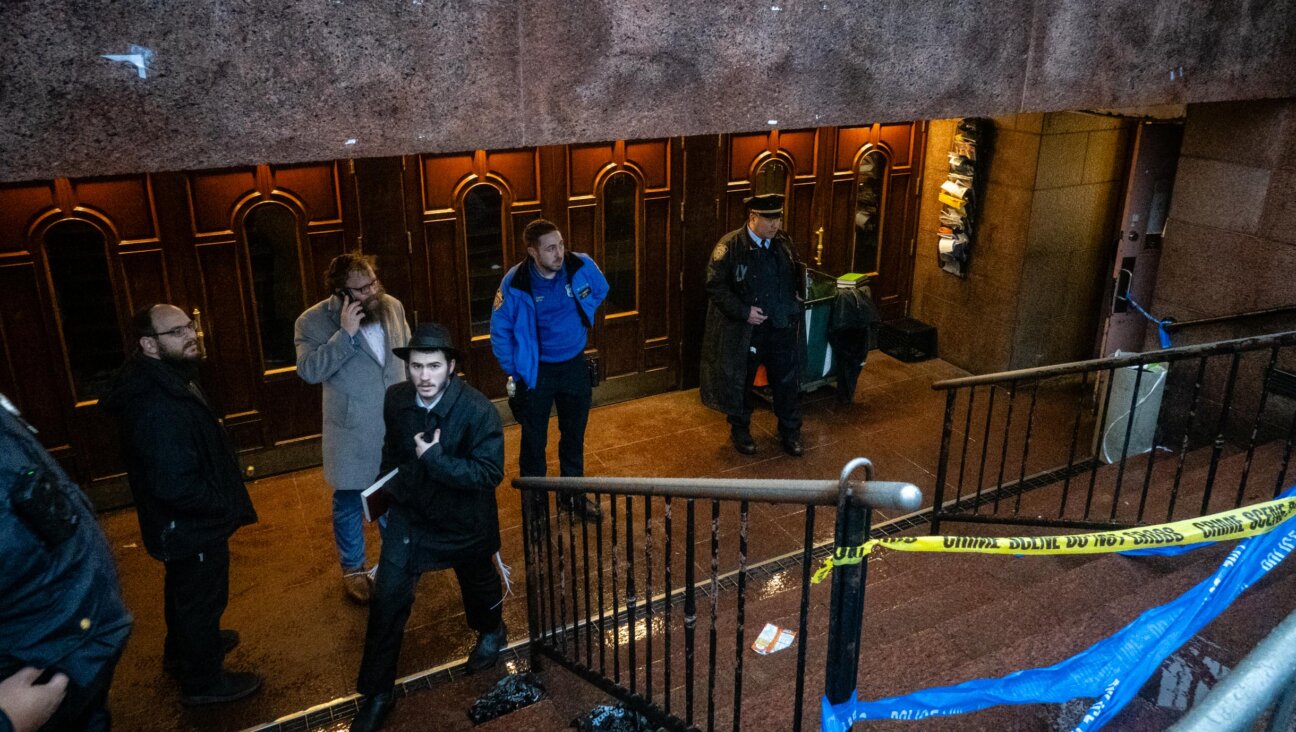New Study Highlights Israel’s Digital Divide
The digital divide in Israel is shown by the numbers of those who are connected to the Internet, and also in the way that users with different incomes work within it, a new survey has found.
Some 4 out of 10 respondents, or 40.7 percent, who defined their income levels as “well below average” are not connected to the internet, but less than 1 out of 10 respondents, or 8.7 percent, who defined their income levels as “well above average” are not connected to the Internet.
In addition, as the level of religious observance increases, the number of people not connected to internet also increased: just 7.7 percent of the secular public is not connected at all to the internet, compared with 58 percent of the Haredi public.
The survey also found that more than half of Internet users in Israel participate in a social networking service at least once a week. Some 73 percent of users aged 15-17 use a social network every day and 1 of every 10 users aged 65 and older use a social network each day. In addition, 100 percent of new immigrant youth age 15 to 17 are active in social networks, which allows them to stay in touch with friends in their country of birth.
One in 4 Israeli teenagers ages 15-17 writes a blog. In addition, 28.3 percent of the Arab public who reported that they write a blog do so each day, compared to 12 percent of older Jews who write a new blog post each day. Some 37 percent of readers of blogs from the Arab public read blogs every day, compared with 24 percent of readers of blogs from the Jewish population who read blogs every day.
The study also found that one-third of Israeli Hebrew speakers only visit Hebrew-language sites.
The study “Israel in the Digital Age 2012” was conducted by the Mahshov Institute. Funded by Google Israel, the survey was led by Dr. Yuval Dror, head of the Digital Marketing Track at the School of Media Studies of the College of Management Academic Studies in Rishon Lezion. The survey spoke with 1,200 respondents and examined various unique segments of the population including: children (ages 12-14), teens (ages 15-17), the haredi Orthodox, Arabs and new immigrants.
A message from our Publisher & CEO Rachel Fishman Feddersen

I hope you appreciated this article. Before you go, I’d like to ask you to please support the Forward’s award-winning, nonprofit journalism so that we can be prepared for whatever news 2025 brings.
At a time when other newsrooms are closing or cutting back, the Forward has removed its paywall and invested additional resources to report on the ground from Israel and around the U.S. on the impact of the war, rising antisemitism and polarized discourse.
Readers like you make it all possible. Support our work by becoming a Forward Member and connect with our journalism and your community.
— Rachel Fishman Feddersen, Publisher and CEO























